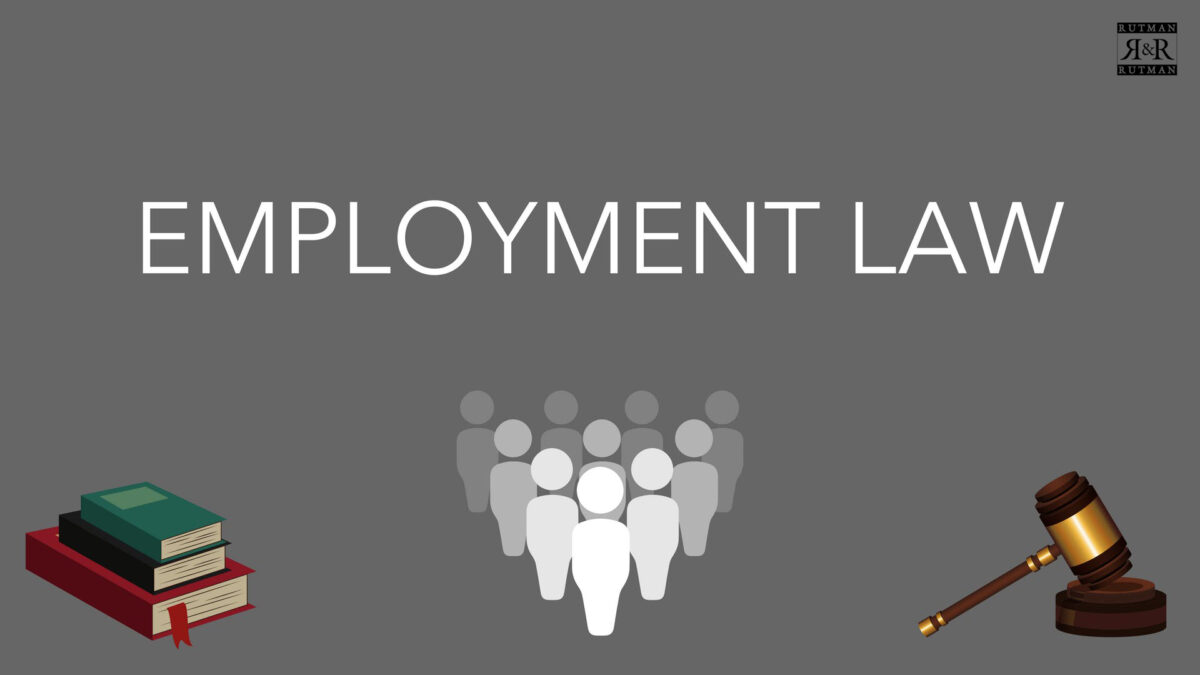The Impact of Technology on Employment Law: Trends and Challenges

In today’s rapidly evolving digital landscape, technology has significantly influenced various aspects of our lives, including employment law. From the emergence of remote work to the use of artificial intelligence (AI) in hiring processes, technology has brought opportunities and challenges to the forefront of employment law discussions. In this comprehensive exploration, we delve into the trends and challenges that arise from the impact of technology on employment law, focusing on how these developments affect employment lawyers in Brampton and beyond.
Remote Work Revolution: Navigating Legalities in a Virtual World
The widespread adoption of remote work arrangements, accelerated by the COVID-19 pandemic, has reshaped the traditional workplace dynamics. This shift has raised pertinent legal considerations, such as:
- Cybersecurity Concerns: As employees access sensitive company data from remote locations, ensuring robust cybersecurity measures becomes imperative to protect against data breaches and cyber threats.
- Work-Life Balance: The blurring of boundaries between work and personal life has led to discussions about the right to disconnect and the need for clear policies to prevent burnout and promote employee well-being.
- Jurisdictional Challenges: Determining the applicable laws and jurisdictions for remote workers can be complex, especially in cases where employees work across different regions or countries.
Example: Consider a scenario where a company based in Brampton hires remote employees residing in different provinces. An employment lawyer in Brampton must navigate the intricacies of provincial employment laws, tax regulations, and jurisdictional issues to ensure compliance and address any legal disputes.
AI and Automation: Balancing Efficiency with Fairness
Integrating AI and automation technologies in recruitment, performance evaluation, and decision-making processes has streamlined operations and posed ethical and legal dilemmas. Key areas of concern include:
- Algorithmic Bias: AI algorithms can inadvertently perpetuate biases based on race, gender, or other protected characteristics, leading to discriminatory outcomes in hiring and promotion decisions.
- Data Privacy: Collecting and analyzing vast amounts of employee data raises privacy concerns, necessitating robust data protection policies and compliance with privacy regulations.
- Transparency and Accountability: Ensuring transparency in algorithmic decision-making and establishing mechanisms for accountability when errors or biases occur are essential for maintaining fairness and trust in the workplace.
Example: An employment lawyer in Brampton might encounter a case where an AI-powered recruitment tool used by a local company inadvertently screens out candidates from certain demographic groups due to biased algorithms. The lawyer’s role would involve investigating the technology’s fairness, advocating for corrective measures, and addressing any legal repercussions.
Gig Economy Dynamics: Redefining Employment Relationships
The rise of the gig economy, characterized by short-term contracts and freelance work, has challenged traditional notions of employment relationships and raised questions about worker classification and rights. Key considerations include:
- Independent Contractor vs. Employee Status: Determining whether gig workers should be classified as independent contractors or employees impacts their entitlement to benefits, protections, and employment rights.
- Labour Protections: Regulators and employment advocates are increasingly concerned about ensuring gig workers have access to fair wages, benefits, and workplace protections despite their non-traditional employment arrangements.
- Legal Grey Areas: The evolving nature of gig work creates legal grey areas regarding liability, insurance coverage, and the application of employment laws designed for traditional employee-employer relationships.
Example: An employment lawyer in Brampton might represent a gig worker who claims they were misclassified as independent contractors, denying them entitlements such as minimum wage, overtime pay, and benefits. Resolving such cases requires a nuanced understanding of employment classification laws and advocacy for the fair treatment of gig workers.
Workplace Surveillance and Privacy Rights
The proliferation of workplace surveillance technologies, such as GPS tracking, employee monitoring software, and biometric systems, raises concerns about employee privacy rights and autonomy. Key issues to address include:
- Privacy Policies: Employers must establish clear policies regarding surveillance technologies, ensuring transparency, consent, and limitations on intrusive monitoring.
- Employee Consent: Balancing the need for surveillance with employees’ right to privacy requires obtaining informed consent, providing opt-out options, and respecting boundaries.
- Legal Compliance: Compliance with privacy laws, such as Canada’s Personal Information Protection and Electronic Documents Act (PIPEDA), is essential to prevent legal disputes and protect employee rights.
Example: Imagine a situation where an employer in Brampton installs hidden cameras in the workplace without informing employees, leading to concerns about privacy invasion. An employment lawyer would assess the legality of such surveillance practices, advocate for employee rights, and potentially pursue legal action for privacy violations.
Evolving Regulatory Landscape: Navigating Compliance Challenges
As technology reshapes the employment landscape, regulatory frameworks must adapt to address emerging challenges and protect employee rights. Key regulatory trends include:
- Digital Labour Laws: Developing and enforcing laws specific to digital workplaces, remote work arrangements, and gig economy platforms to ensure fair treatment, non-discrimination, and labor protections.
- Ethical AI Regulations: Implementing guidelines and standards for the ethical use of AI in employment contexts, addressing bias, transparency, accountability, and the impact on human rights.
- Data Protection Legislation: Enhancing data protection regulations, such as the upcoming Digital Charter Implementation Act in Canada, to safeguard employee data, prevent misuse, and uphold privacy rights.
Example: A new digital labor law is proposed in Ontario to regulate remote work arrangements, including provisions for flexible scheduling, the right to disconnect, and digital surveillance limits. An employment lawyer in Brampton would advise employers on compliance with these regulations, draft policies, and resolve disputes related to remote work practices.
Conclusion
The impact of technology on employment law reflects a complex interplay between innovation, legal frameworks, and societal values. While technological advancements offer unprecedented opportunities for efficiency and flexibility in the workplace, they also raise critical ethical, legal, and social considerations that demand thoughtful regulation, advocacy, and legal expertise. Employment lawyers in Brampton are crucial in navigating these trends and challenges, ensuring that technological progress aligns with fairness, equity, and respect for employee rights in the evolving digital era.









